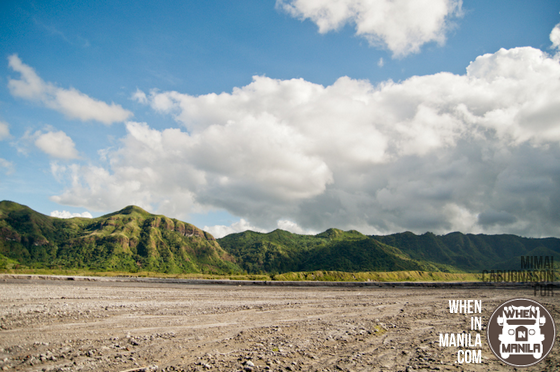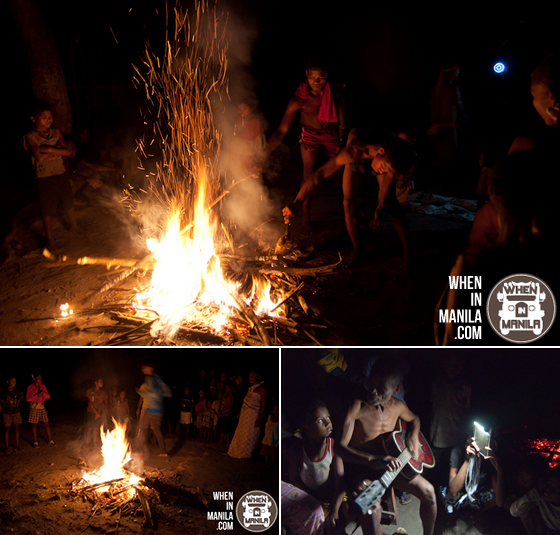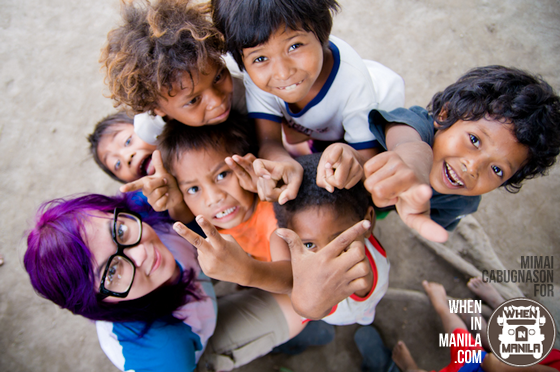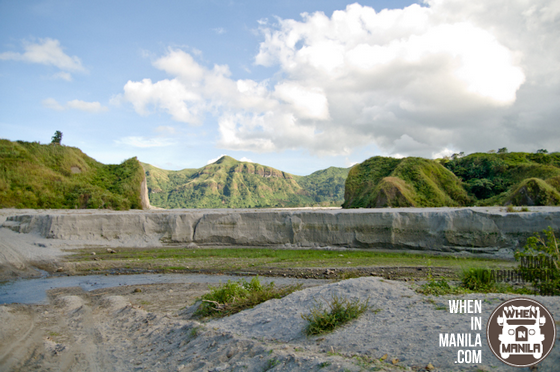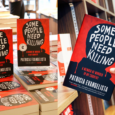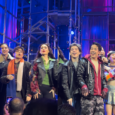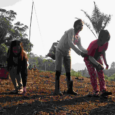When In Manila, traveling is becoming very popular nowadays. Almost everyone is enthused and encouraged to explore new places, especially our own and embark on new adventures.
If you’re looking for a new kind of experience, I invite you to join one of TriboCo. Kultura Kamp trip. They are the only travel and tour service that gives a new perspective on traveling and camping — they have created an immersion experience that bridges the cultural gap between the various Filipino indigenous groups and us who are living the highly urbanized. By creating connections with our indigenous brothers and sisters, it is TriboCo.’s concept of sustainable travel. They also intend to maintain social responsibility and profitability that will assist the indigenous communities.
TriboCo. Kultura Kamp puts together the value of kapatiran with avenues for learning that educates the participants and, at the same time, empowers indigenous people through their role of educators of their culture.
TriboCo. aims to empower the Filipino indigenous people and assist them in attaining the sustainability of their communities and cultures by ‘giving’ them the role of teachers of indigenous culture and tradition. TriboCo. will provide every person regardless of nationality an avenue to experience, appreciate and learn of the lives and culture of these indigenous people.
The camp allows participants to immerse within the indigenous people, experience their day to day activities and witness traditional customs and practices. This is made to cultivate deeper understanding and sense of appreciation of the community’s diverse culture and way of living.
We were given the chance to join one of TriboCo. Kultura Kamp trips in one of their partner communities – Sitio Alunan in Brgy. Sta. Juliana, Capas, Tarlac. The Kultura Kamp begins on a 3-hour bus ride to Capas, Tarlac followed by a chartered jeepney ride to Brgy. Patling and then an exciting 4×4 ride across the lahar rivers towards Sitio Alunan.
I could personally say that my Kultura Kamp experience is one that goes into my “most” list, it was a very educational and definitely and eye-opener, it was challenging, overwhelming and a humbling experience. It may not sound easy but it was all worth it, just don’t forget to keep an open mind.
The Aeta communities are spread around Tarlac before the Mt. Pinatubo eruption. Come 1991 and the eruption happened, they were greatly affected and were forced to leave their homes and evacuate to settlement areas. Over the years, they returned back to their lands and started rebuilding their communities. One of these Aeta communities is Sitio Alunan that houses around 700 individuals.
Upon arrival at Sitio Alunan, we were greeted by priceless smiles and a very warm welcome. Sitio Alunan instantly gave us the provincial vibe. It was Bryan’s first time to interact with Aetas up-close, he was surprised to find them the way how our school textbooks define them appearance-wise. But what really caught our attention were their eyes, they have a very soulful, almond eyes that speaks so much energy and life.
We were then introduced to each of our foster families. We were treated warmly and they welcomed us to their simple homes. We instantly became a part of their family and it was very humbling. We’ve shared our first meal together and stories were told over it. It was fascinating to hear their stories of origin, their survival after the eruption and stories of their everyday life. Their lifestyle is somewhat very laid-back, we enjoyed an afternoon under the shade of the trees exchanging stories and playing with the kids.
Later that afternoon, we went out on a hike to collect wood for the Pagdadapog (bonfire) and wild ferns called “pako”.
I had so much fun taking photos of the sunset sky together with the kids! They really love to be photographed.
After our simple dinner illuminated by a gasera (gas lamp), it was time for the Gabi ng Kultura or Cultural Night. The community was gathered to celebrate and perform their rituals and traditions. This was another first for us, we’ve seen rituals in movies or documentaries but it was surreal. It was a night of learning and experience and fun. We witnessed the Pagdadapog, saying of Dororo (prayer), Talbeng (rituals) that involved sacrificing a chicken and we even joined them in dancing around the fire. It was a really great experience! We capped our night off with a round of lambungan, translated as chatting or storytelling.
The striking fact that the culture and traditions of our indigenous people is slowly dying makes me feel sad because after experiencing it first-hand, it is a very lively and rich culture that deserves to be preserved and practiced. Our Aeta brothers and sisters are proud of their culture and you can feel from them that they embrace and love who they are and their culture. But due to the unfortunate Pinatubo incident, it became hard for them to regain what they had before to sustain a better living and continue executing their traditions. It was also heartbreaking to hear the direct effects of the eruption to them: how the things that the lowlanders perceived as aide for them, actually caused them more harm; how the eruption affected their lifestyle, culture and identity – a great deal of it was really taken from them.
That night, I slept with all these thoughts in my head. I was an honor to have experienced all of it and I felt really grateful for my Aeta family and the entire community.
The next day was spent by visiting the planting grounds (Sibol) and even joined them in harvesting crops. It was another fun hike and even more enjoyable because the playful kids joined us!
After the hike, Bryan and I spent some time taking photos with the kids and we taught them how to do jumpshots! In return, they taught us some games and we even played with them! We felt like kids again!
All good things come to an end. A hint of sadness dawned upon us when it was already time to say farewell to our foster families. They became our second family and even just for a weekend, they accepted us and treated us like one of their children. After an exchange of goodbyes after lunch, our 4×4 arrived to pick us up.
Bottom photos are us with our foster families. My deepest gratitude to them for welcoming us to their homes.
As I took my last look at Sitio Alunan and bid my last wave to one of our kid playmates, I felt a little a moment of gratefulness. It made me realize how valuable it is to preserve our roots and culture; how identities matter, not only for us but especially for our Aeta brothers and sisters. And it is our responsibility too to help them preserve it and pass on the heritage. We should not allow their fire to burn down. Their colorful and meaningful culture and traditions deserves to be witnessed by us, especially the younger generation so that they may develop appreciation for it. We know that we have to move forward with time but it doesn’t mean that we have to leave our roots behind. We, in fact, need to first plant our roots and be proud of it before we can truly move forward.
See that gap? This place is called the Durungawan because it resembles a window.
When In Manila, I invite you all to join Tribo Co.’s Kultura Kamp and experience the wonderful culture of our Aeta groups! It is a bit challenging trip but I assure you of an eye-opener and one-of-a-lifetime experience that you will never forget.
The next trips to Alunan will be on January 5-6 and January 19-20. Trips to Manabayukan will be on January 11-13 and January 25-27. Book now for an experience to EMBARK. EMBRACE. EMPOWER.
For more details and booking to join TriboCo. Kultura Kamps trips, you can visit their website at kulturakamp.com.
For updates, like them on facebook!
TriboCo. Kultura Kamp: Experiencing Pakikipamuhay and Cultural Immersion at Sitio Alunan

